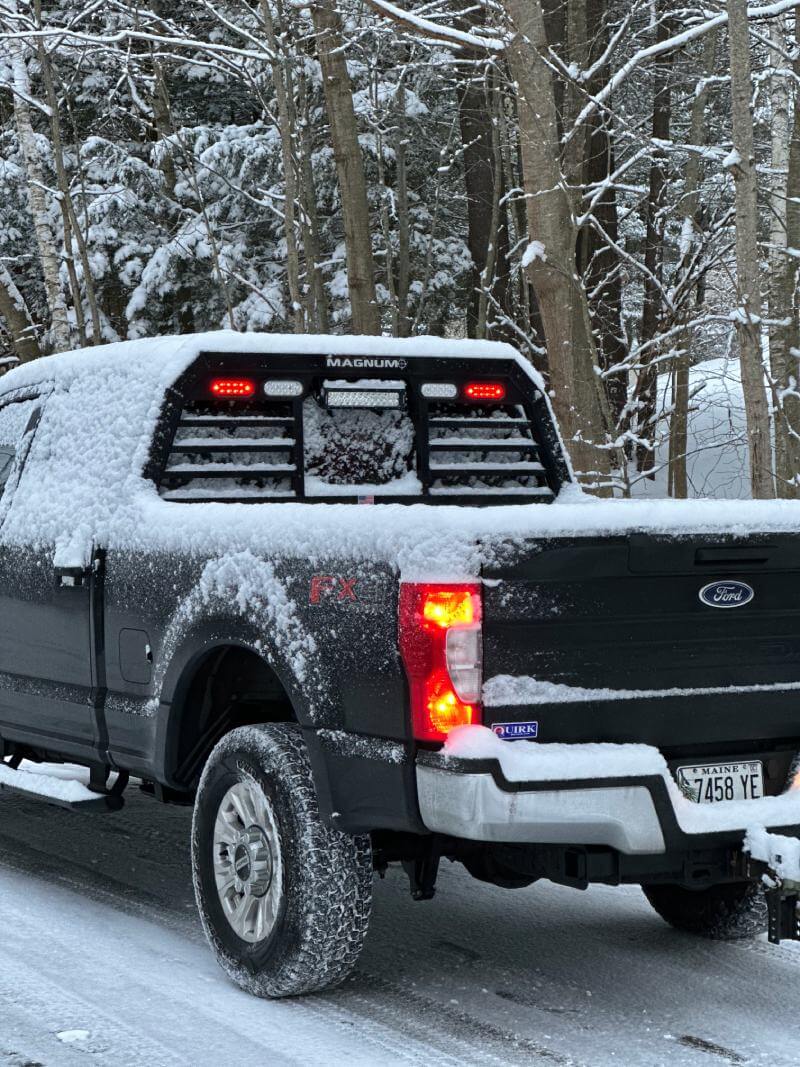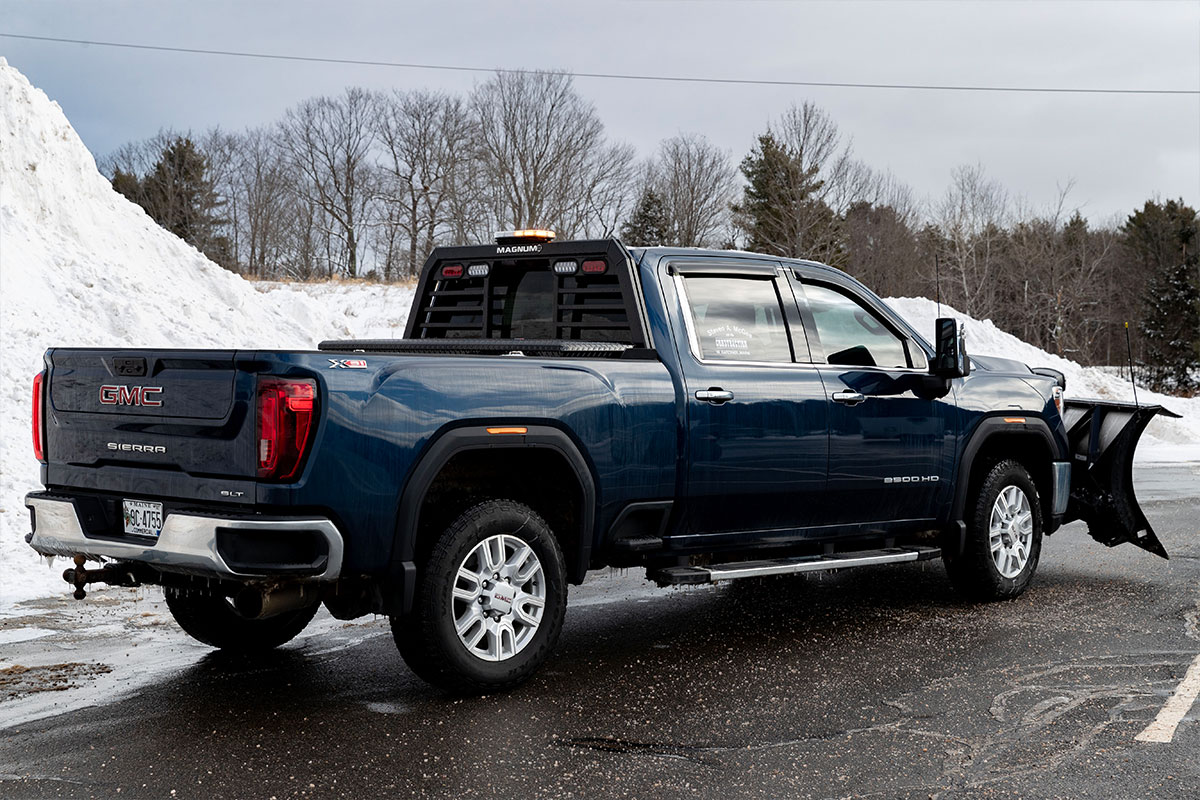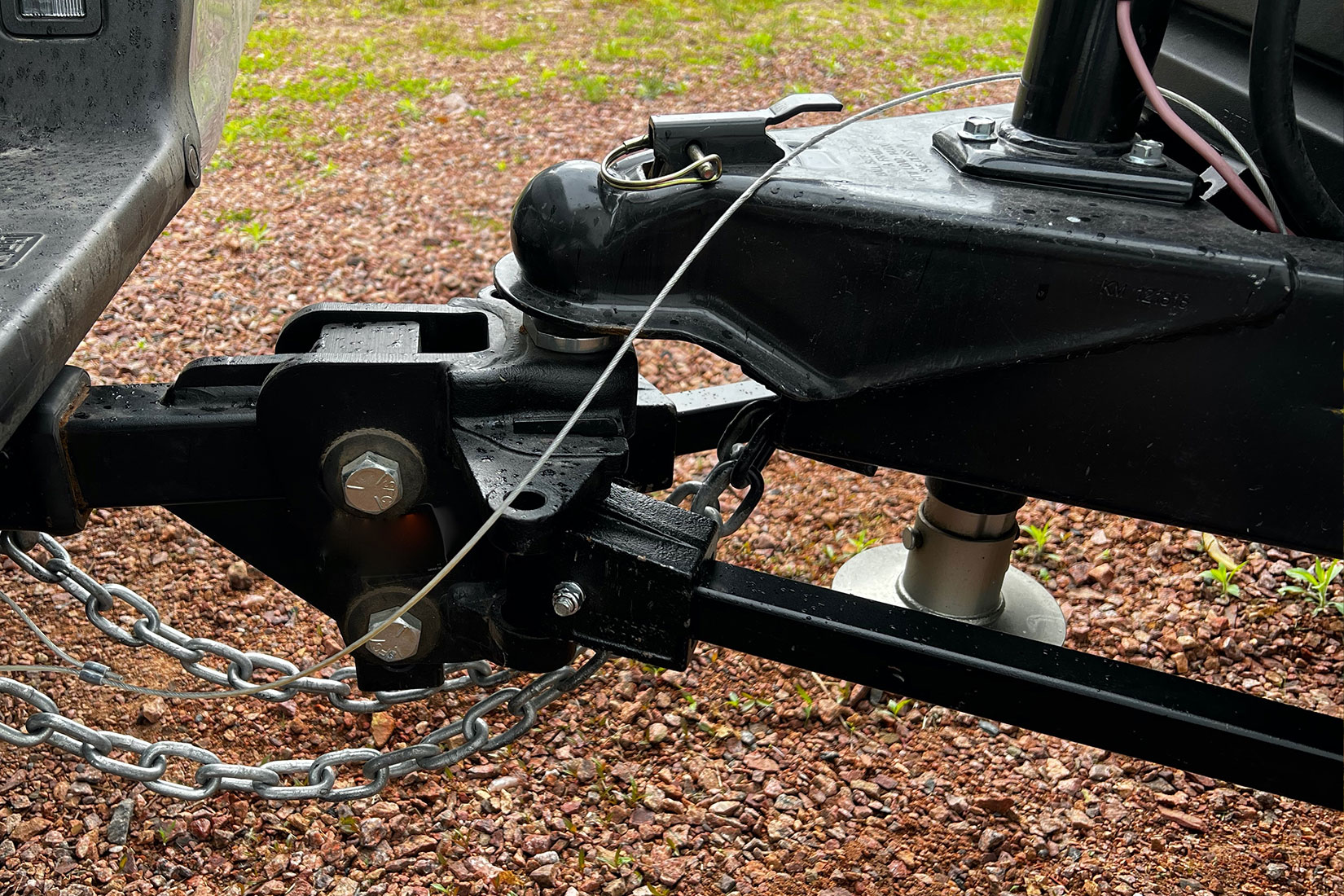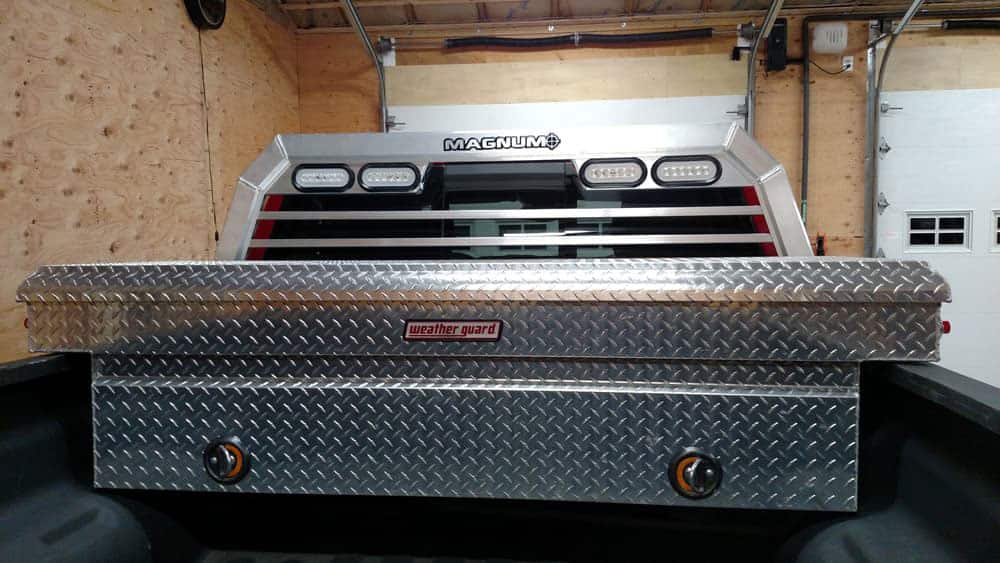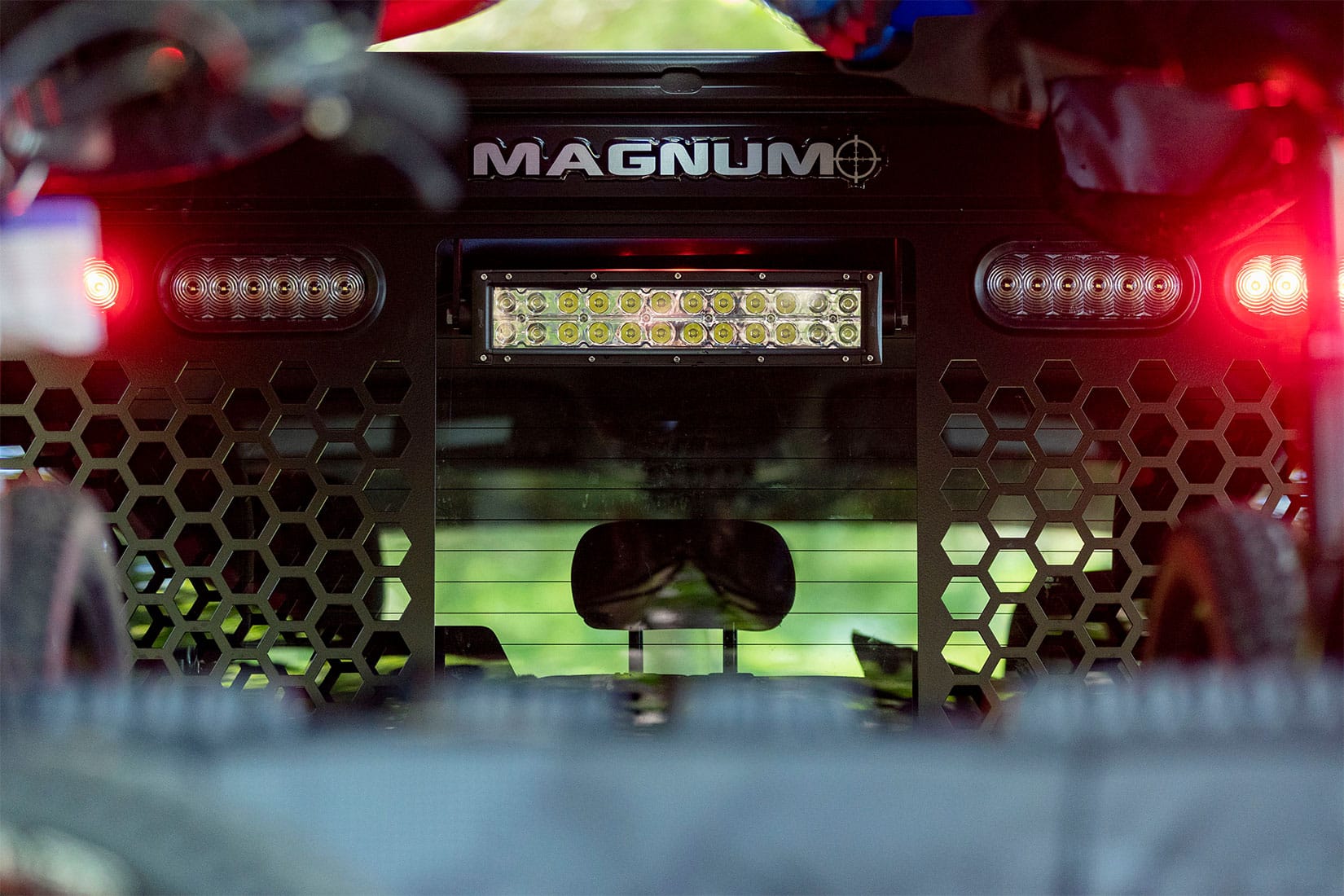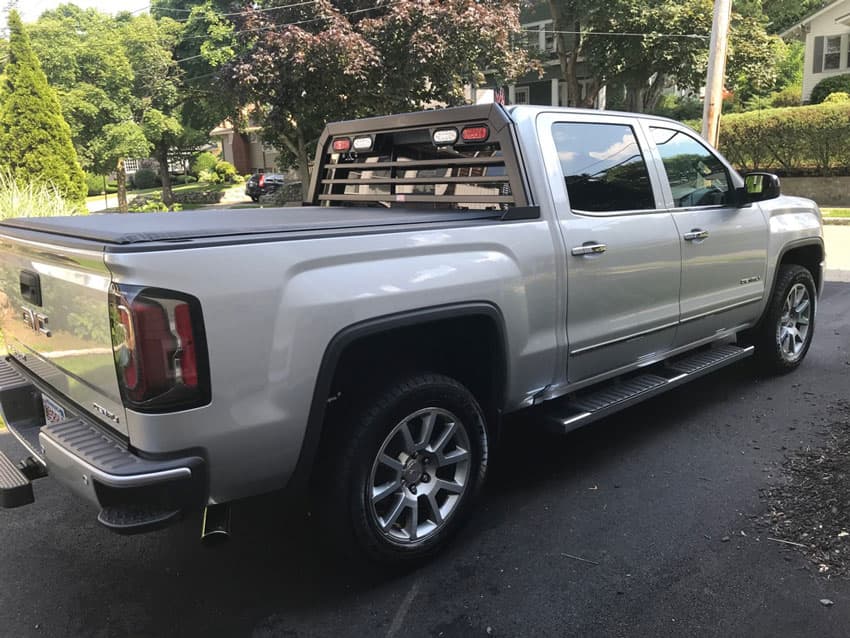The Perfect Practical Present
Are you seeking an ideal holiday gift for a truck enthusiast or someone who regularly uses their truck for work or outdoor activities? Consider the practicality and functionality of a headache rack. This often-overlooked truck accessory can be the perfect present for those who want to enhance their truck’s utility and safety. Here’s why a […]
